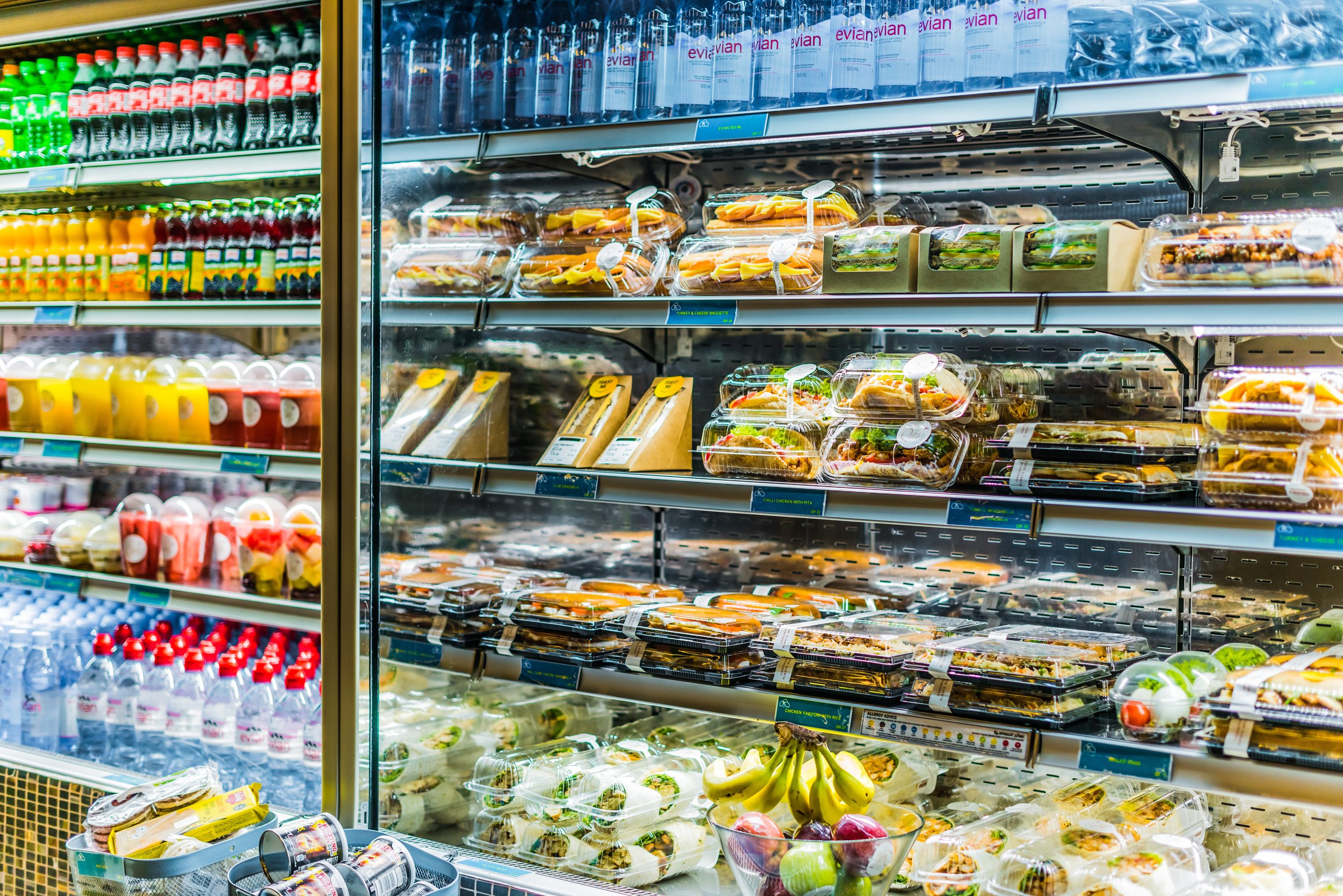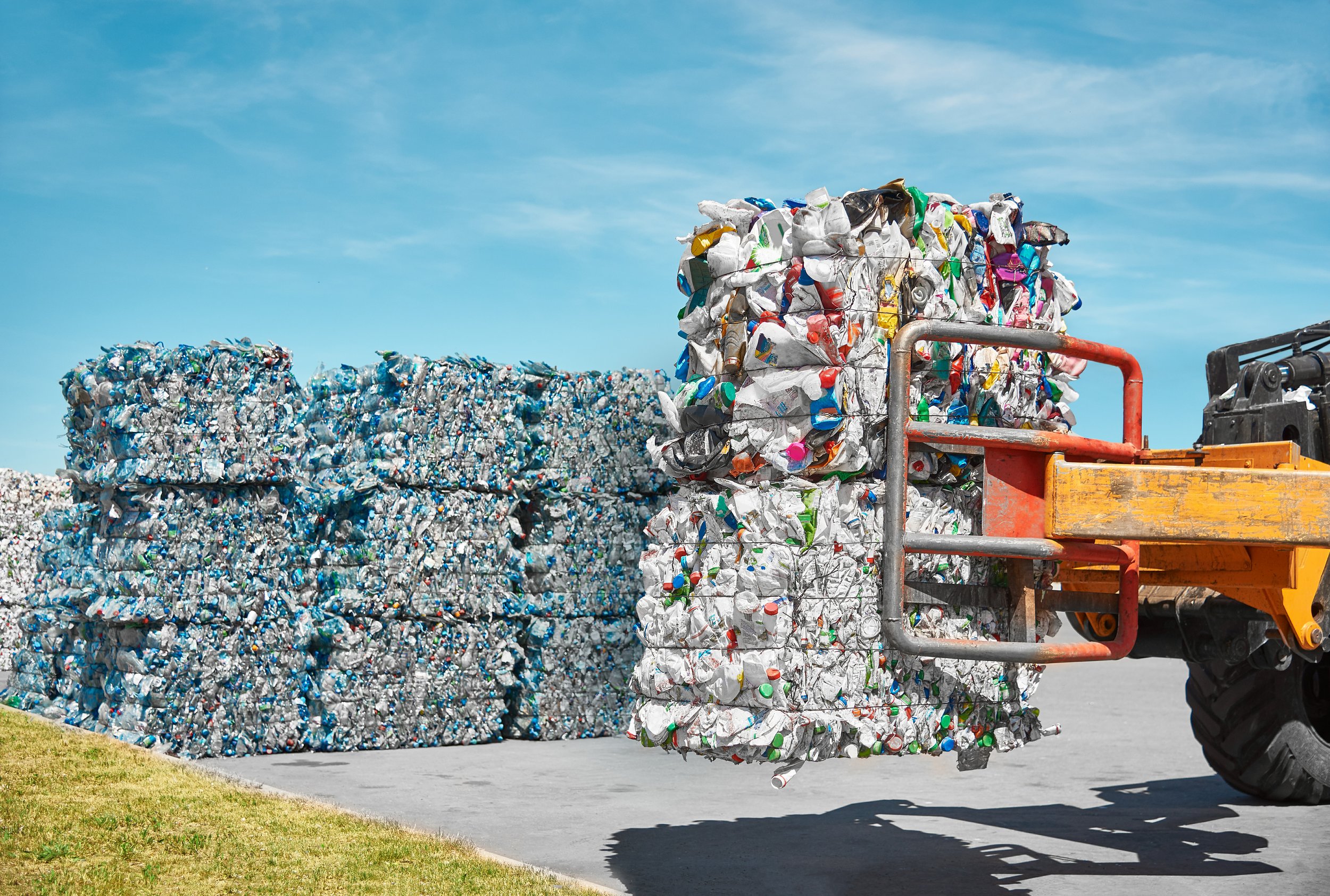
Understanding the EPA’s Wasted Food Scale
In today's environmentally conscious landscape, businesses are increasingly seeking sustainable methods for managing food waste. The Environmental Protection Agency (EPA) has developed the Wasted Food Scale, a framework that prioritizes strategies for reducing and diverting food waste, emphasizing environmental benefits and resource conservation. US EPA+6US EPA+6US EPA+6
Understanding the EPA's Wasted Food Scale
The Wasted Food Scale ranks food waste management strategies from most to least environmentally preferred:US EPA
Prevent Wasted Food: The most effective approach is to minimize the generation of food waste at its source. This involves efficient inventory management, accurate demand forecasting, and mindful consumption practices.
Donate or Upcycle: Surplus food that remains safe and nutritious can be donated to feed people in need. Upcycling involves transforming food by-products or surplus into new, value-added products, thereby extending the lifecycle of food items.US EPA+1iwrc.uni.edu+1
Feed Animals or Leave Unharvested: Food waste can serve as animal feed, reducing the need for traditional feed production and its associated environmental impacts. Additionally, leaving unharvested crops in fields can return nutrients to the soil, though this practice requires careful management.US EPA
Industrial Uses: This includes processes like anaerobic digestion, where food waste is converted into renewable energy and soil amendments. Such methods harness the energy potential of waste while mitigating environmental harm.
Composting: Composting converts organic waste into nutrient-rich soil amendments, supporting soil health and reducing the need for chemical fertilizers.
Landfill or Incineration: These are the least preferred options due to their significant environmental drawbacks, including greenhouse gas emissions and resource wastage.
eCycle's Commitment to Sustainable Food Waste Management
At EOL Stewards, we align our food waste management practices with the EPA's Wasted Food Scale, emphasizing sustainable and environmentally responsible methods:NRDC+4US EPA+4iwrc.uni.edu+4
Automated Depackaging for Packaged Food and Beverages: Our advanced depackaging equipment efficiently separates food contents from their packaging. The recovered food is then repurposed for animal feed, composting, or energy production, while packaging materials are recycled whenever feasible. This approach supports the 'Feed Animals' and 'Composting' tiers of the Wasted Food Scale.
Industrial Uses through Waste-to-Energy: We convert non-recyclable food waste into engineered fuel for cement kilns, providing an alternative energy source and reducing reliance on fossil fuels. This method aligns with the 'Industrial Uses' tier, effectively harnessing the energy potential of food waste.CDFA
Benefits of Adopting EPA-Preferred Food Waste Strategies
Implementing strategies from the upper tiers of the Wasted Food Scale offers several advantages:
Environmental Impact: Reducing food waste conserves resources, decreases greenhouse gas emissions, and minimizes landfill use.
Economic Efficiency: Efficient food waste management can lead to cost savings through reduced disposal fees and potential tax benefits from food donations.
Social Responsibility: Donating edible food supports community initiatives and aids those facing food insecurity.
By embracing the EPA's Wasted Food Scale, businesses can make informed decisions that promote sustainability and environmental stewardship. At EOL Stewards, we are dedicated to providing solutions that not only protect your brand but also contribute positively to our planet's health.

The Challenges 3PLs Face in Providing Sustainable Certified Destruction for Packaged Food
3PLs constantly run into the challenge of disposing large quantities of packaged foods for their clients. This blog should help provide direction.

The Hurdles of Apparel Recycling: Overcoming Plastics, Zippers, and Mixed Synthetics
Apparel is something everybody uses and throws away. Dealing with the waste problem has been coming to forefront for government, manufacturers, and consumers. Let’s explore the opportunities and challenges of apparel recycling.

The Hidden Obstacles of Recycling Mixed Plastics
Take a deep dive in what plastics are actually recyclable. Also what expectations should we have for recycling products comprised of mixed plastics.